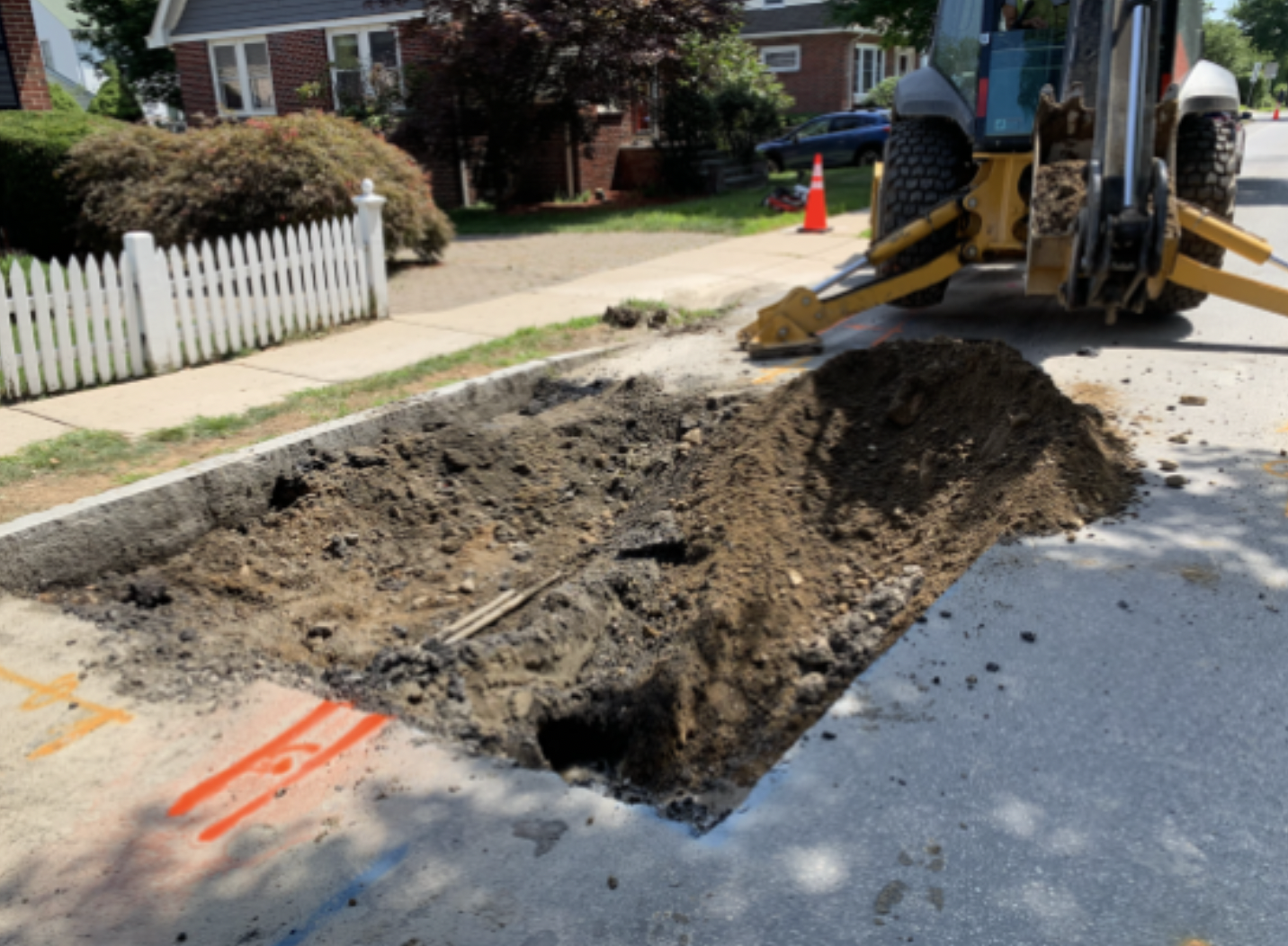Photo: Water rates will be heading upward if the Select Board approves a five-year plan by a consultant Raftelis
After five years where residents saw their water rates stay constant – and six years for sewer rates – the Select Board will hold a hybrid public forum on water and sewer rates on Wednesday, May 10, to discuss the likely acceptance of a consultant’s recommendation in which water and sewer bills will increase by four percent annually over the next five years.
Join the Zoom Meeting here Webinar ID: 895 3117 9431
At the request of the Department of Public Works, the town hired Raftelis, a national management consulting firm focusing on municipal government and utilities, to conduct a five-year rate study. The goal is to “establish financial sufficiency and viability” for the town’s water and sewer enterprise by determining the revenue needed to meet the operating expenses while retaining a healthy reserve.
Ratepayers will be facing steady rate hikes for the foreseeable future, said Raftelis vice president David Fox who told the Select Board Belmont “is very much not alone in this boat.” Nationally, water rates have been increasing by five percent and sewer by six percent for the past decade due to a litany of reasons, from inflationary pressures, repairing aging infrastructure, and declining consumption which results in a fall in revenue for municipalities and their utilities.
Even if costs were stable and you didn’t need to reinvest in the infrastructure, “you already would be facing an uphill battle with a declining revenue base” due to conservation measures and just a general drop off in usage, especially after the pandemic.
And for those communities that have been “kicking the can down the road” on rate increases, “eventually you’re going to get to a position where [Raftelis] will be meeting with a community where they are looking at a 35 percent year-to-year rate increase.
During most of the 2010s, Belmont’s water and sewer bills were some of the highest among its peer communities. With that knowledge, town officials began relying on retained earnings to keep rates unchanged to align charges with neighboring cities and towns.
But relying on reserves to subsidize residential water rates is no longer viable. In its analysis of water consumption and the expected increase in the assessments from the Massachusetts Water Resources Authority, which supplies water to Belmont, Fox said the water fund’s retained earnings account is scheduled to run empty by the end of fiscal ’26.
Keeping the ratepayers in their mind
While it’s a simple equation to determine how high new rates should rise by understanding how much revenue is generated and what is needed to cover expected costs, “we don’t ever want to overshoot the rated and have the rates be artificially high,” said Fox. “We have to keep the burden of the ratepayers in the back of our mind.”
One area of importance when calculating the new rate is maintaining a healthy retainer, the equivalent of a savings account, said Fox. The account is necessary to weather the financial storm of reduced consumption when there is a cool, wet spring or summer or a sudden capital demand on the infrastructure.
Raftelis forecast water and sewer operations and maintenance costs to increase three percent annually, with just over half of the water portion coming from MWRA assessments, while 71 percent of the sewer increase results from MWRA pricing.
With yearly capital improvements expenditures expected at $1.36 million for water and $1.1 million for sewer and with both fund’s retained earnings line items heading towards zero in the next few years, “[a]dditional revenue is needed immediately in [fiscal ’24] to ensure [adequate] financial [growth],” wrote Fox for both water and sewer funds.
According to Fox, Belmont’s water rates should increase by four percent annually for five years. Raftelis recommends an eight percent increase in sewer rates in fiscal ’24 and ’25 before reverting to three percent increases in the remaining three years.
While rates are heading upward, the impact on residential users’ bills will be small under the Fox recommendations. The typical single-family household in the first year of the plan using approximately 200 cubic feet of water a month – the equivalent of 1,496 gallons – its annual combined water and sewer bill will increase by 4.5 percent, or $27.84, from $624.99 in fiscal ’23 to $652.84 in fiscal ’24.
A two-family structure would see its bill rise by 5.8 percent ($76.77), and an apartment complex 6.3 percent ($158.33). The big jumps will be seen in the typical commercial site using approximately 7,500 gallons a month, where the average annual bill increases by $1,302.44 to $13,505.44. High-volume commercial users (15,000 gallons a month) can expect a $6,820.40 year-over-year hike.
When asked what conditions would be after the five years, Fox said if he was a betting man, “I’d say you’d still be looking at probably at a three percent increase every year.” With inflation to be around for longer than most people think and infrastructure needs always in the forefront of concerns, “I don’t think you’re going to get to a period after this five years whey you just don’t have an increase,” said Fox.








Leave a Review or Comment